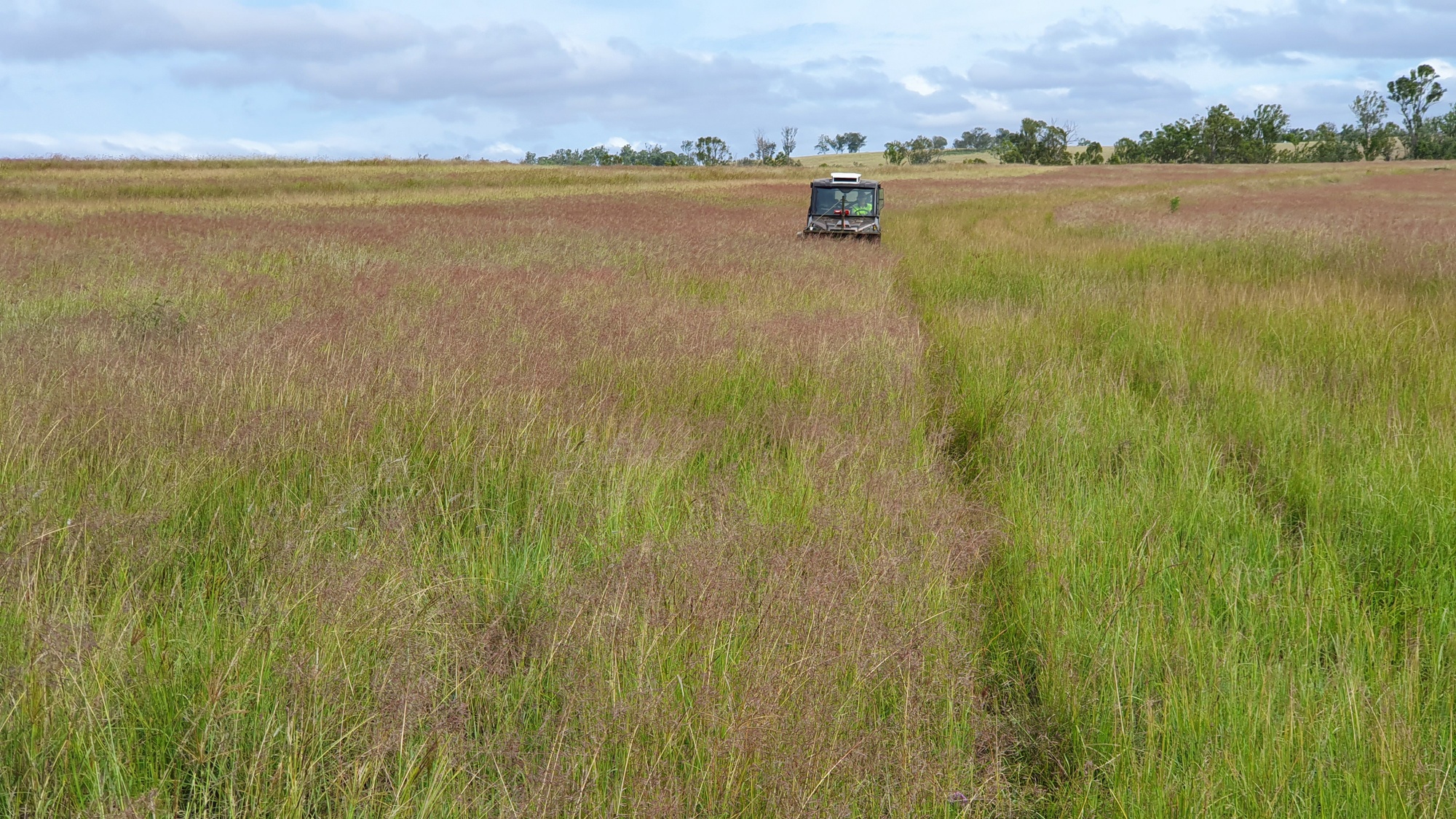Plant Profiles
Plant Categories
Subshrub
Trailing herb
Annual
Annual or Short-Lived Perrenial
Prostrate Shrub
Graminoid
Vine
Forb
Nitrogen Fixer
Grass
Tree
Shrub
Sedge
Wattle
Show All
14Genera
Acacia
Allocasuarina
Alphitonia
Alstonia
Angophora
Archidendropsis
Aristida
Arundinella
Astrebla
Atalaya
Atriplex
Austrosteenisia
Austrostipa
Banksia
Baumea
Bolboschoenus
Boronia
Bothriochloa
Brachychiton
Breynia
Callitris
Calotis
Capillipedium
Carissa
Cassia
Cassine
Cassinia
Casuarina
Chloris
Chrysocephalum
Chrysopogon
Clerodendrum
Corymbia
Crotalaria
Cymbopogon
Daviesia
Denhamia
Derris
Dichanthium
Dodonaea
Einadia
Enchylaena
Enteropogon
Eragrostis
Eremophila
Eriochloa
Erythrina
Erythroxylum
Eucalyptus
Eustrephus
Fimbristylis
Flindersia
Gahnia
Geijera
Grewia
Hardenbergia
Heteropogon
Hovea
Imperata
Indigofera
Jacksonia
Jasminum
Juncus
Kennedia
Lepidosperma
Lomandra
Lophostemon
Ludwigia
Lysiphyllum
Maireana
Melaleuca
Melia
Myoporum
Notelaea
Owenia
Pandorea
Panicum
Parsonsia
Paspalidium
Petalostigma
Petalostylis
Pittosporum
Podolobium
Pomax
Psydrax
Pterocaulon
Ptilotus
Pultenaea
Rhagodia
Rhodosphaera
Rhynchosia
Sarga
Schoenoplectiella
Schoenoplectus
Senna
Sida
Solanum
Sporobolus
Swainsona
Syncarpia
Themeda
Trema
Vachellia
Ventilago
Vittadinia
Show All
105Hovea longipes
| Categories | Nitrogen FixerShrub |
| Common Name(s) | Brush Hovea |
| Family | Fabaceae, Subfamily Faboideae |
Description
Shrub or tree to 5 m tall; indumentum yellow-brown, the hairs appressed. (Flora of Australia)
Notes
Besides being nitrogen fixing shrubs which are well suited to rehabilitation work, Hovea species are very attractive flowering plants. Hovea longipes is also unique within the Hovea genus.
"Hovea longipes is very different from other eastern species and perhaps would be better placed in its own genus. The main differences are evident in calyx, pod and seed morphology, leaf venation pattern, indumentum type, and in the absence of stipules. The appressed biramate hairs of H. longipes are possibly homologous with those found in Western Australian species of Hovea." (PlantNET)
"In seed and calyx morphology, differs from all other species. Also distinctive are the closely spaced and acutely angled secondary veins of the leaf." (Flora of Australia)
We observe Hovea longipes on a slightly more varied water availability and fertility spectrum than many other subcoastal to inland Hovea species. Margins of scrubs and some deeper, streamside eluvium besides the usual harder ridges of sandstone, conglomerate, granite etc come to mind. "Grows in sands and loams derived from sandstone, basalts and serpentinite in rainforest, scrub and woodland." In low rainfall areas away from the coast, Hovea fruiting events which progress to successful seed development are often many years apart.
Successful collection of Hovea seed requires careful monitoring and maturity testing. As maturity occurs, large portions of seed crops may be forcefully ejected from their capsules on hot, sunny days leaving them in an uneconomic state. It is optimal to harvest seed sometime within several days prior to such an event.
When drying fruiting material cut from Hovea, do not spread material too thickly which will slow down dehiscence underneath. Place tarps in hot sun or clear film tunnelhouse and cover with a very light gauge of shadecloth. This will prevent ejected seed from being lost on to the surrounding ground.
Historical Notes
Distribution
From the Hunter Valley, NSW to Cape York Penninsula. Often occurring inland with the most western occurrences near Morven and Canarvon Park, Qld.
References and Related Links
Flora of Australia. Australian Biological Resources Study, Canberra. [Date Accessed: Sept 20, 2022] http://www.ausflora.org.au
https://profiles.ala.org.au/opus/foa/profile/Hovea%20longipes
PlantNET (The NSW Plant Information Network System). Royal Botanic Gardens and Domain Trust, Sydney. http://plantnet.rbgsyd.nsw.gov.au [Accessed: July 6, 2020.
http://plantnet.rbgsyd.nsw.gov.au/cgi-bin/NSWfl.pl?page=nswfl&lvl=sp&name=Hovea~longipes
